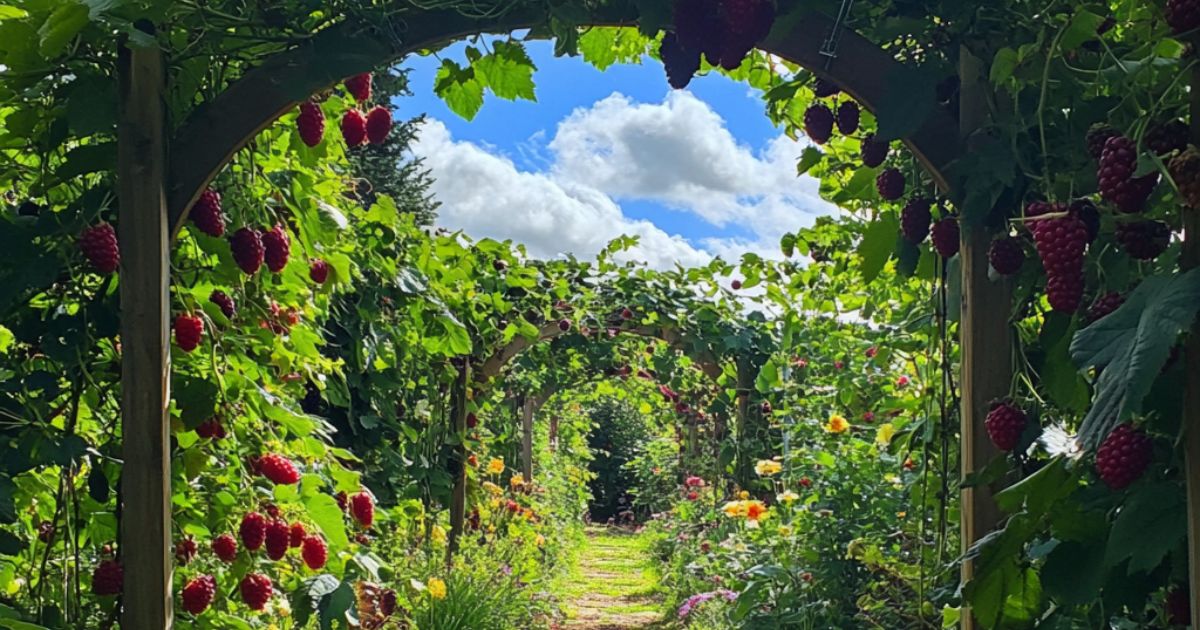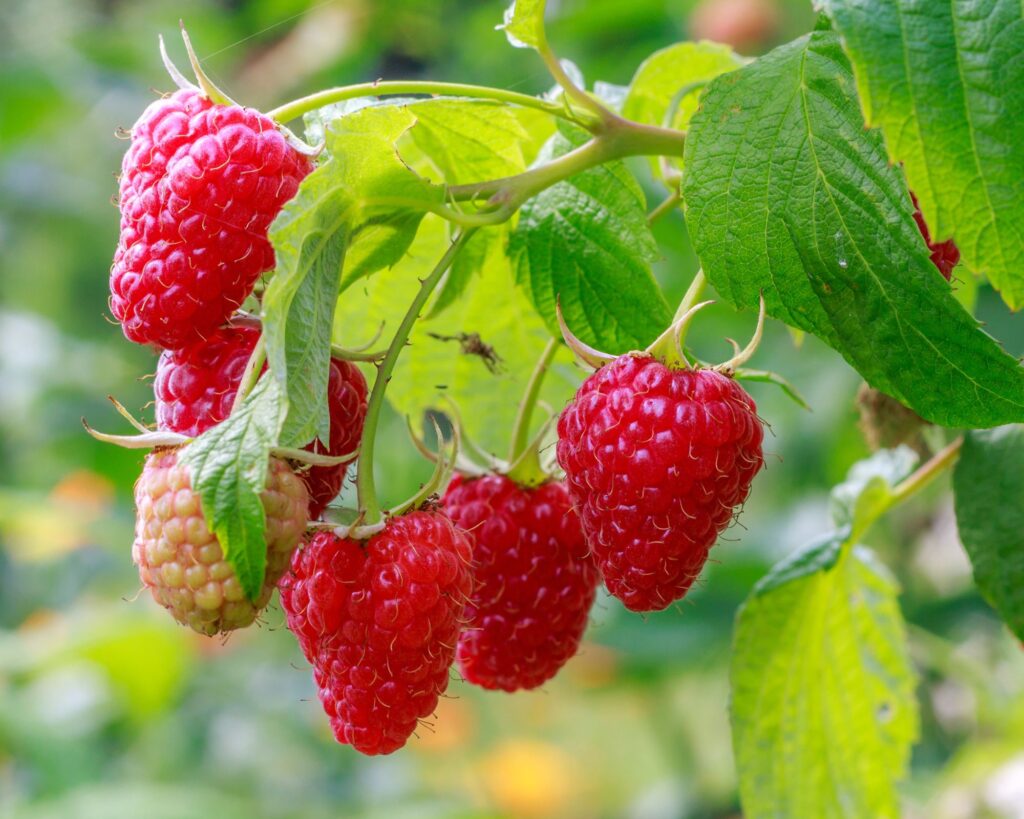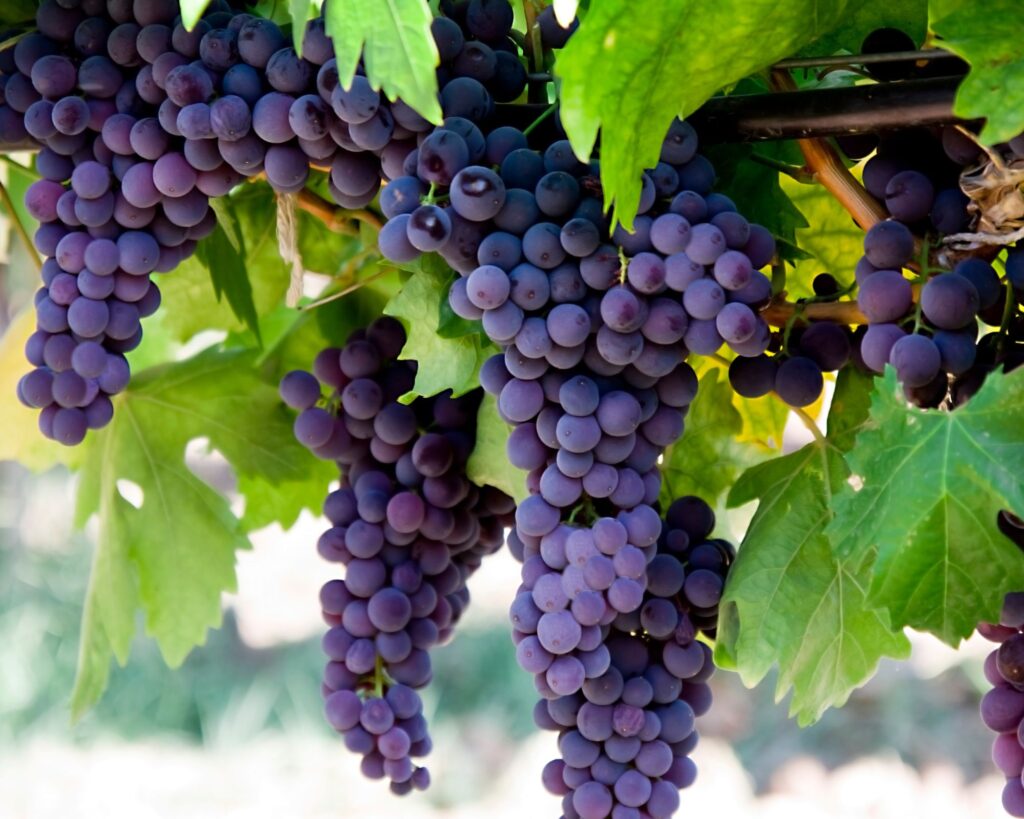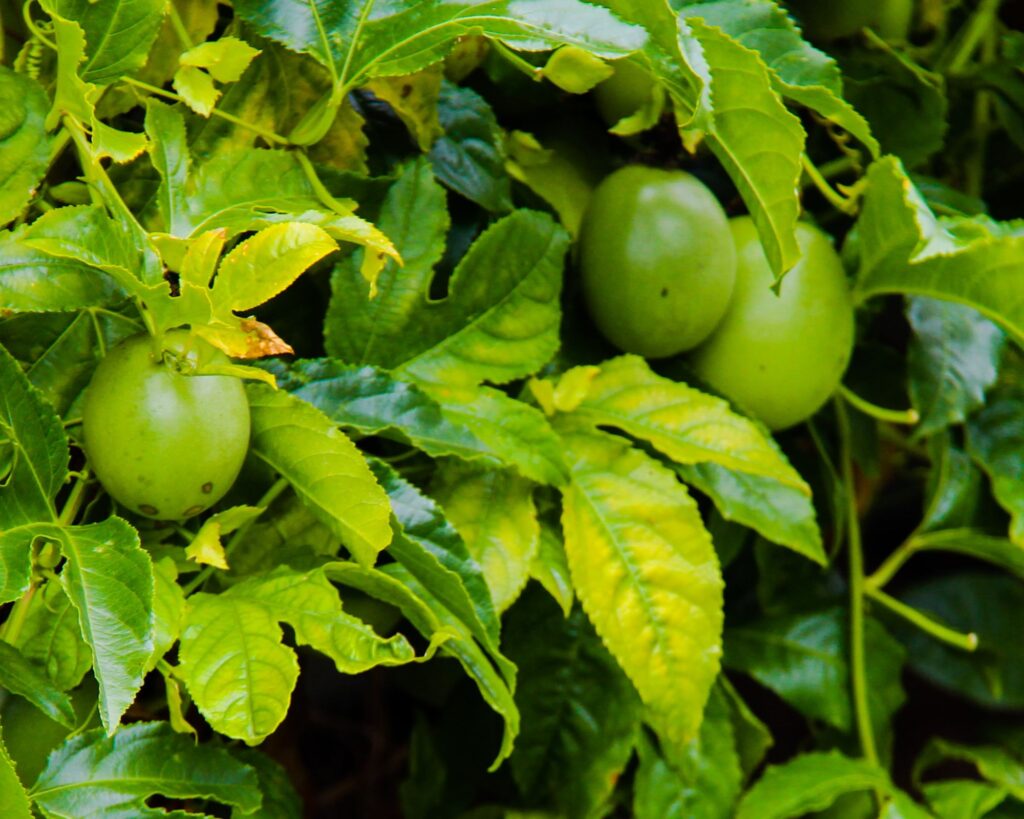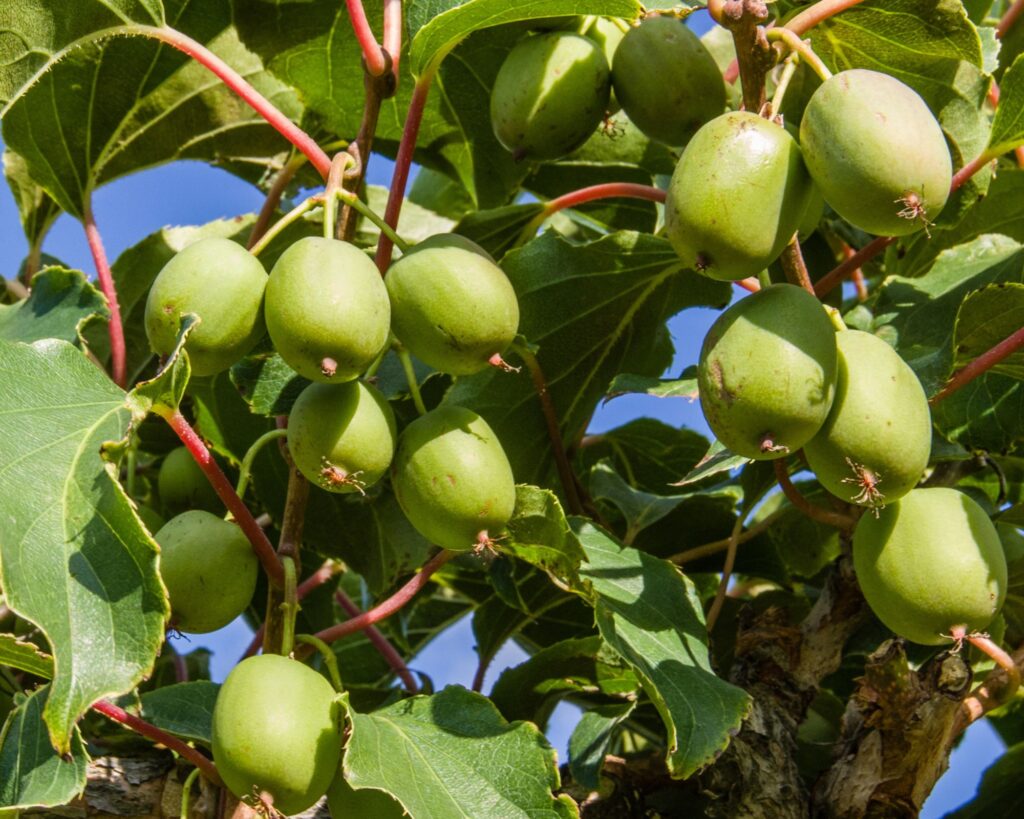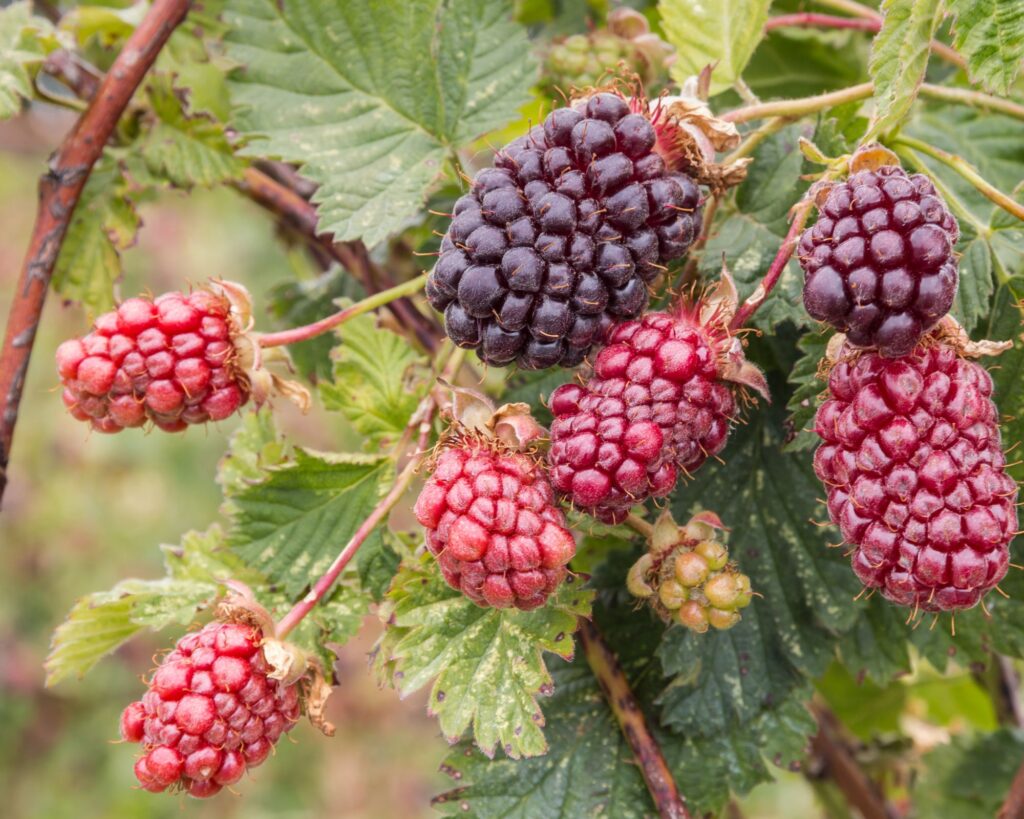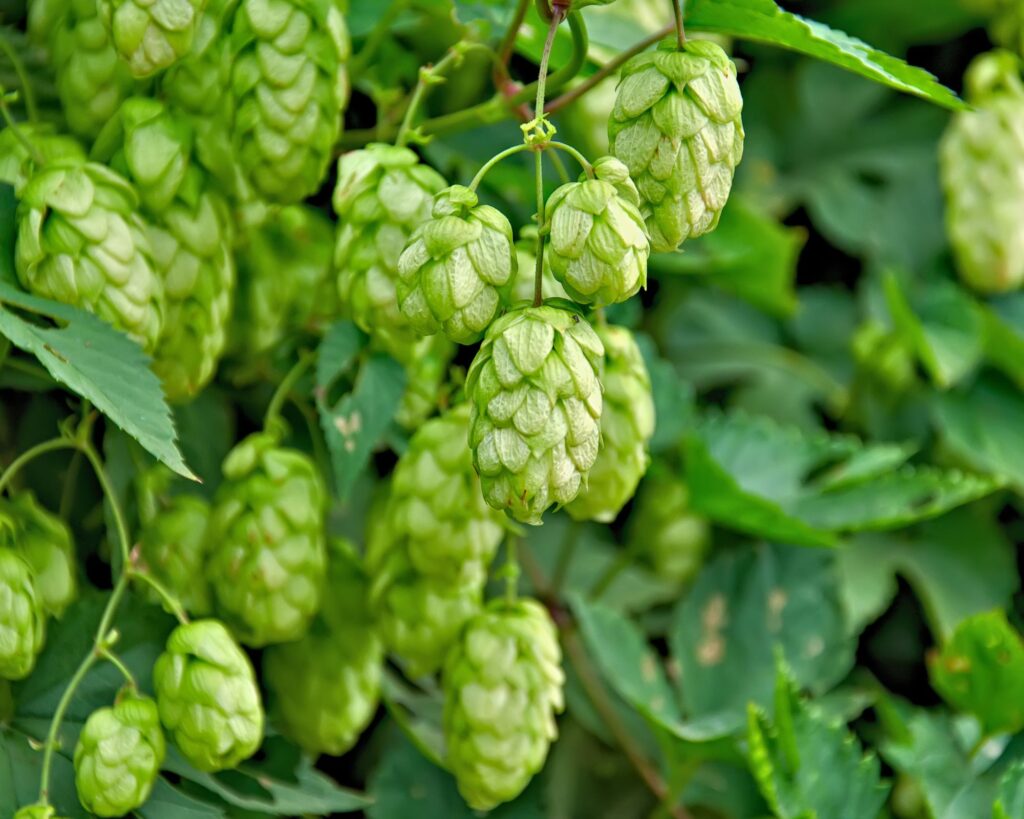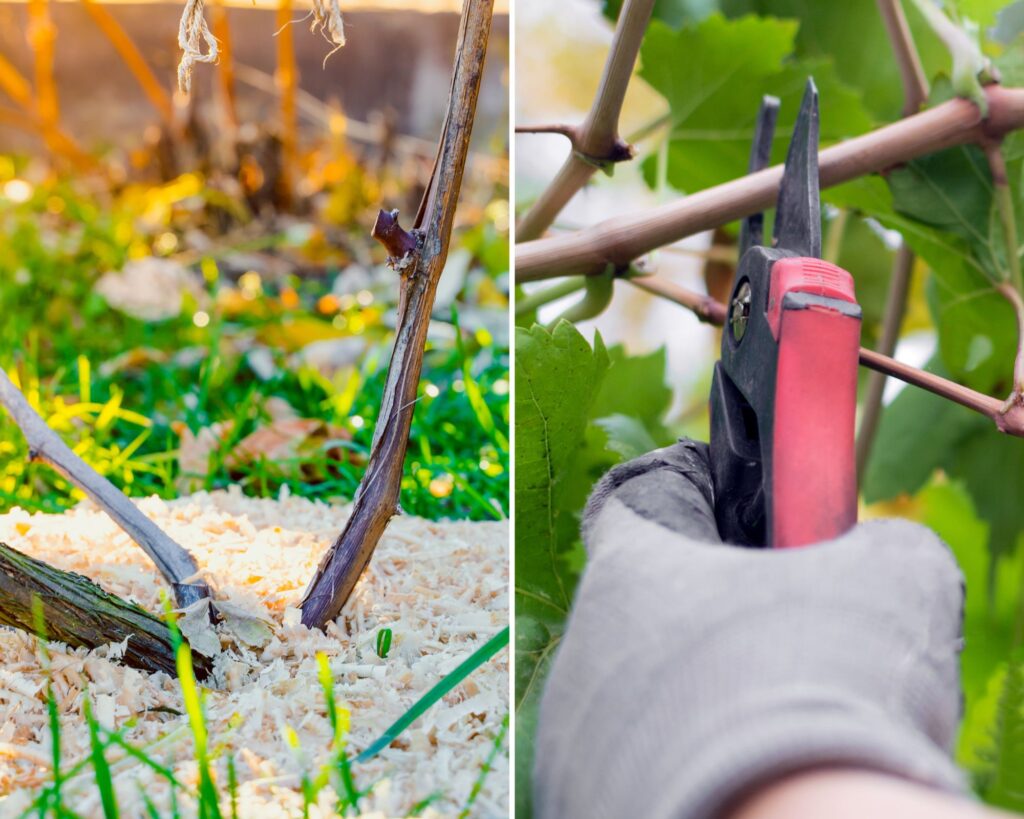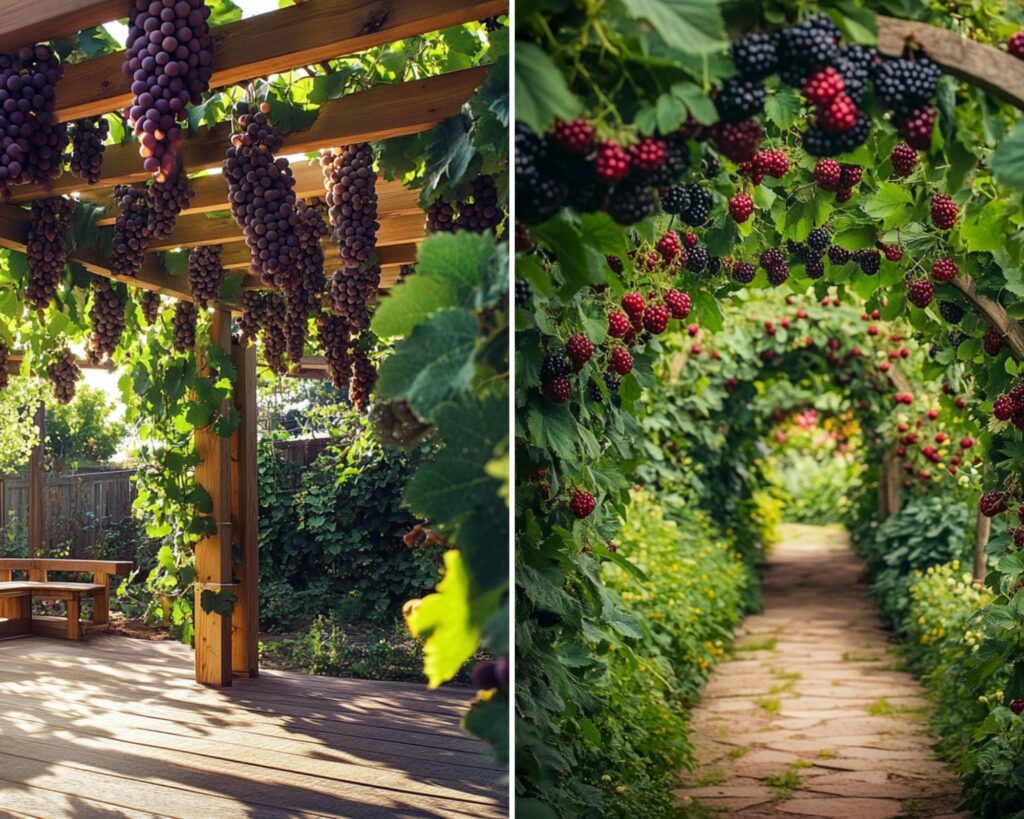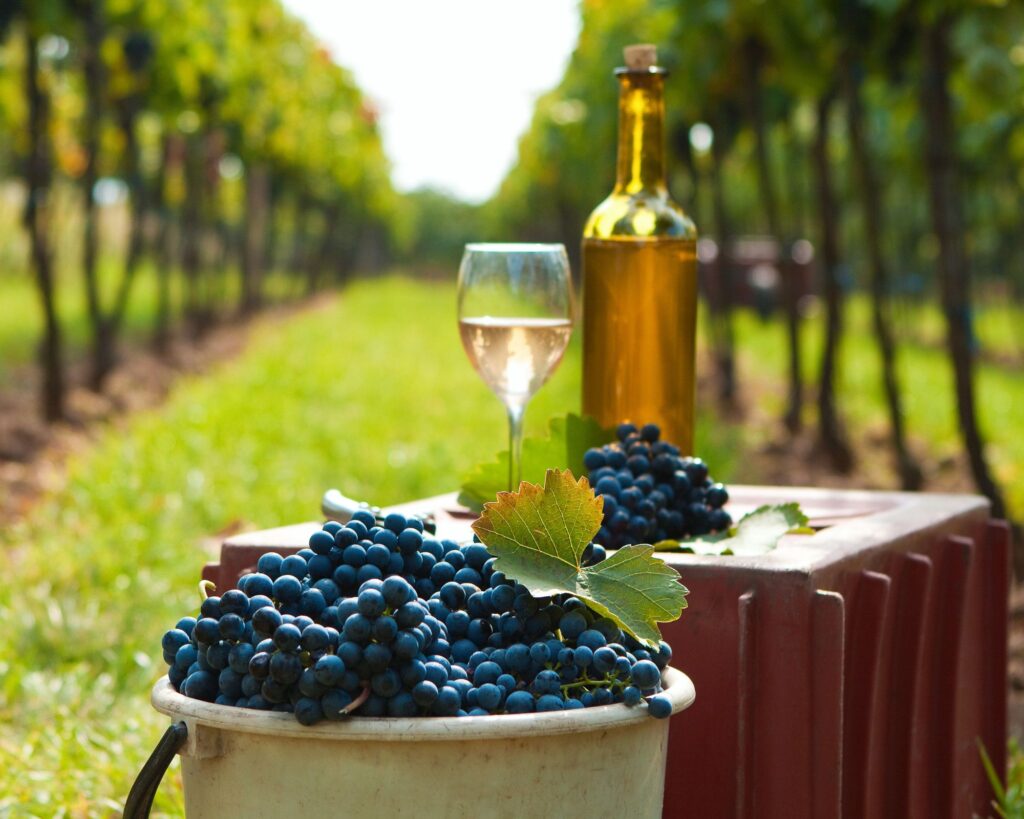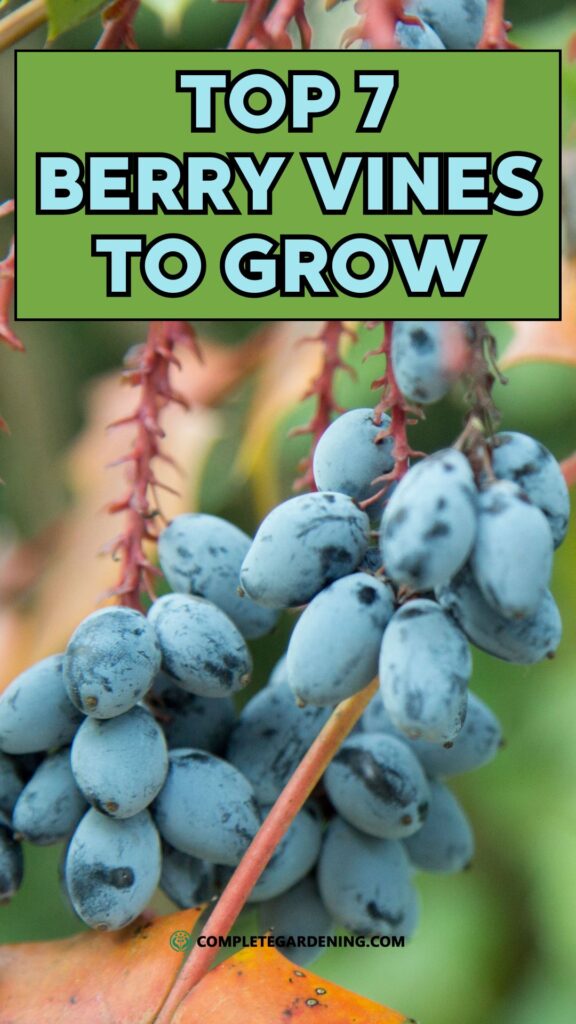Are you dreaming of a garden that offers more than just good looks? Berry vines are the perfect solution!
Not only will they add a delicious bounty to your harvest, but they’ll also bring lush foliage, stunning color, and plenty of pollinators to your space.
In this guide, we’ll reveal the best berry vines to plant, along with essential tips on trellising, maintenance, and maximizing your harvest. Ready to elevate your garden into a beautiful, fruitful retreat? Let’s get started!
1. Blackberries
Blackberries are hardy, high-yielding vines that adapt well to a range of climates, from temperate to cooler zones. Known for their intense flavor and versatility, blackberries can be enjoyed fresh, frozen, or cooked into jams and desserts.
Blackberry vines thrive in well-draining, slightly acidic soil. Full sun is ideal for maximum fruit production, but they can also tolerate partial shade.
For the best results, consider erect varieties, which are more manageable, or thornless cultivars to avoid handling thorny vines. Regular pruning helps keep plants healthy and productive.
Blackberries can grow as free-standing shrubs or on a trellis. Trellising is helpful for managing the spread and making harvest easier. Attach canes to a sturdy support structure, pruning out older canes after fruiting to encourage new growth.
2. Raspberries
Raspberries are another garden favorite, with varieties that produce red, yellow, black, or even purple berries. They are rich in vitamins, antioxidants, and fiber, making them a nutritious addition to your garden.
Raspberries prefer rich, moist soil with good drainage and a slightly acidic pH. Space the plants about 18 inches apart to allow airflow, which reduces the risk of fungal diseases.
Raspberries can be grown as either summer-bearing (single crop in summer) or ever-bearing (a second, smaller crop in fall), so choose based on your preferred harvest season.
Support raspberry canes with a post-and-wire system to keep the plants upright and accessible for harvesting. Tie canes loosely to the trellis, allowing them room to grow and making it easier to prune and pick fruit.
3. Grapes
Grapes are versatile, not only providing fresh table fruit but also adding options for homemade jellies, juice, and even wine. The plants are long-lived, and mature grapevines can yield abundant harvests for decades.
Grapes need full sun, rich soil, and excellent drainage. They do best in areas with warm summers and mild winters. Prune grapevines vigorously during their dormant season to promote airflow and reduce disease risks.
Regular pruning also keeps vines manageable and boosts fruit production.
Grapevines require robust trellising to support their heavy clusters. The best approach is to use a two- or three-wire trellis system, training young vines along the wires and trimming back side shoots.
4. Passionfruit
Passionfruit vines produce exotic-looking flowers and deliciously tart, fragrant fruit. While they’re more common in tropical or subtropical climates, there are hardy varieties suitable for temperate regions as well.
Passionfruit thrives in sunny spots with rich, well-draining soil. Passionfruit vines need consistent moisture but avoid overwatering to prevent root rot. These vines are fast-growing, often needing support from a fence or arbor.
Because passionfruit vines grow vigorously, a strong trellis is essential. Guide the vines onto the trellis as they grow, and prune regularly to prevent them from overtaking other plants.
5. Kiwi (Hardy Varieties)
Hardy kiwi varieties offer sweet, grape-sized fruit that’s similar in flavor to traditional kiwis but without the fuzz. They are cold-tolerant and can be grown in many climates, making them a great addition to northern gardens.
Kiwi vines need a male plant for pollination, so be sure to plant at least one male for every five to eight females. They prefer well-draining soil and full sun, though they can tolerate partial shade.
Keep in mind that kiwi vines take a few years to start bearing fruit but are well worth the wait.
Strong, T-bar or pergola-style trellises are best for kiwi vines, as they are heavy growers. This setup provides the stability and support kiwi vines need to thrive, making it easier to prune and manage them as they mature.
6. Boysenberries
Boysenberries are a cross between raspberries, blackberries, and loganberries, combining the best traits of each. They are known for their juicy, slightly tangy flavor, perfect for pies, jams, and fresh eating.
Boysenberries grow best in sunny, sheltered locations with well-drained soil. Like blackberries, they prefer slightly acidic soil. Boysenberries are typically thornless, making them easier to handle, but they still benefit from regular pruning and training.
Use a trellis or wire system to support the sprawling canes of boysenberries. This keeps the fruit off the ground, prevents disease, and makes harvesting simpler.
7. Hops (For a Unique Berry Alternative)
Although not technically a berry, hops add a unique twist to your garden. Known for their role in brewing, hops also add ornamental value with their lush, green foliage and cone-like flowers.
Hops grow quickly, needing full sun and plenty of space. They prefer well-drained soil and benefit from regular watering during dry periods. Since they are perennial, hops return each spring, so planting them in a permanent spot is ideal.
Hops are vigorous climbers and require a tall support system. A high trellis or vertical wire system is ideal, as hops can grow up to 20 feet in a single season. Prune back old growth in winter to promote healthy spring growth.
General Care Tips for Berry Vines
- Mulching: Apply a layer of mulch around your berry vines to retain moisture, regulate soil temperature, and reduce weed competition. Organic mulches, such as straw or wood chips, are ideal.
- Watering: While berry vines need consistent moisture, especially during fruiting, avoid overwatering. Soggy soil can lead to root rot and fungal diseases.
- Pruning: Most berry vines require annual pruning to remove old canes, increase airflow, and direct the plant’s energy toward new growth.
- Pest and Disease Control: Check your plants regularly for signs of pests or disease. Aphids, spider mites, and fungal infections are common issues with berry vines, so monitor for early signs to prevent major infestations.
- Fertilizing: Berry vines benefit from balanced, organic fertilizers. Apply fertilizer in early spring to give plants a boost as they emerge from dormancy.
Design Ideas for Growing Berry Vines in the Garden
- Berry Arches: Create a berry archway over garden paths for a stunning visual and easy access during harvest.
- Pergolas and Gazebos: Vines like grapes, kiwis, and hops look beautiful growing over pergolas, providing shade and a harvest at arm’s reach.
- Wall Trellises: Train berry vines against a wall to save space and make a striking garden feature.
- Mixed Berry Hedge: Combine different berry vines along a fence line or property border to create a natural, edible hedge.
The Benefits of Growing Berry Vines
- Attract Pollinators: Berry vines produce flowers that attract bees, butterflies, and other pollinators, which can benefit other plants in your garden.
- Self-Sufficiency: Growing your own berries means you can enjoy fresh, organic fruit without the environmental impact of store-bought produce.
- Health Benefits: Berries are packed with antioxidants, vitamins, and fiber, contributing to a nutritious diet.
- Natural Shade: Some berry vines, especially vigorous growers like grapes and hops, provide natural shade, making them a great addition to patios or outdoor seating areas.
- Versatility in Cooking: From fresh salads to desserts and preserves, homegrown berries add a fresh, delicious element to countless recipes.
Adding berry vines to your garden brings beauty, flavor, and sustainability to your outdoor space.
With the right varieties, trellising techniques, and care, you can enjoy a steady supply of delicious fruit each season while enhancing the overall aesthetic of your garden.
From blackberries and raspberries to grapes and kiwis, these versatile vines offer something for every gardener. Embrace the world of berry vines and enjoy the rewards of your labor for years to come!
